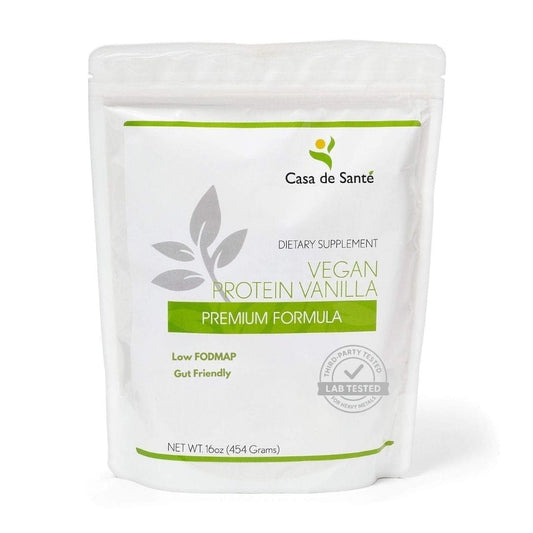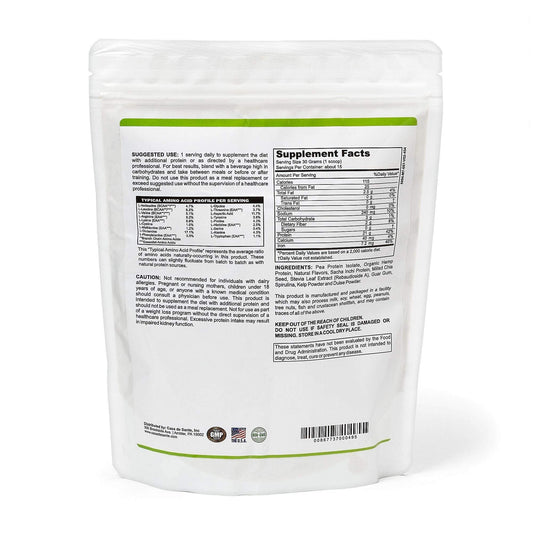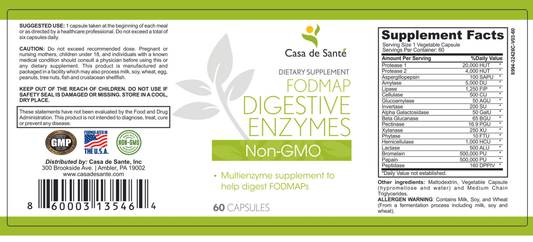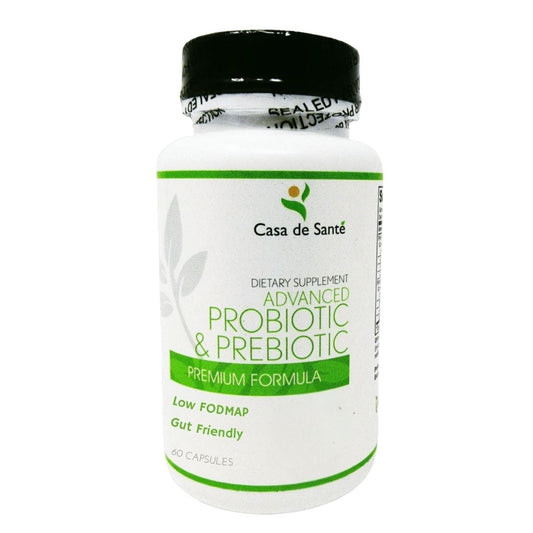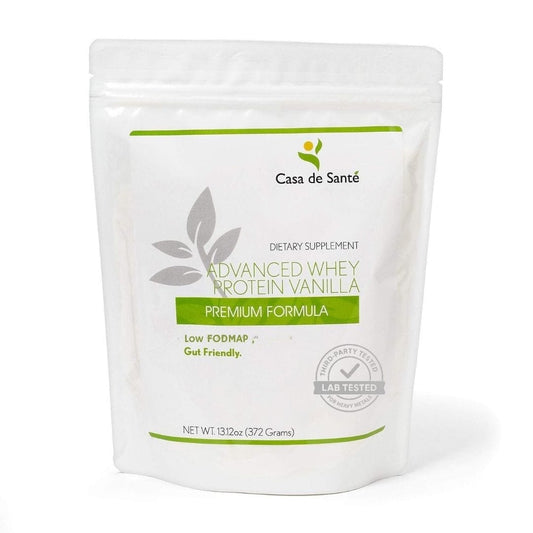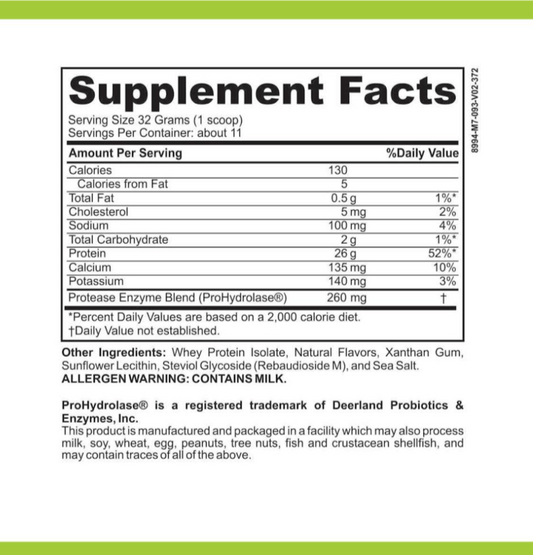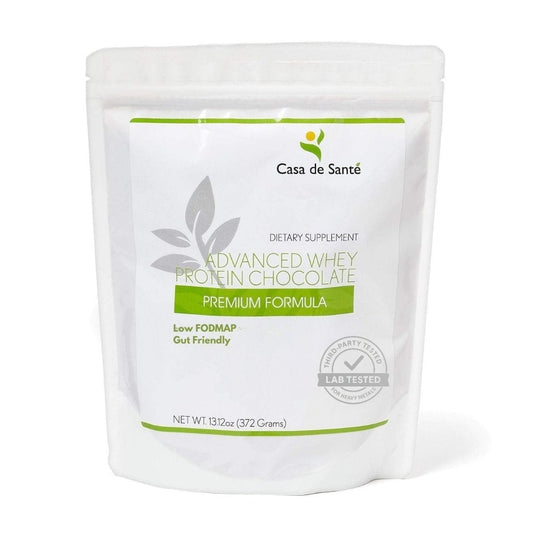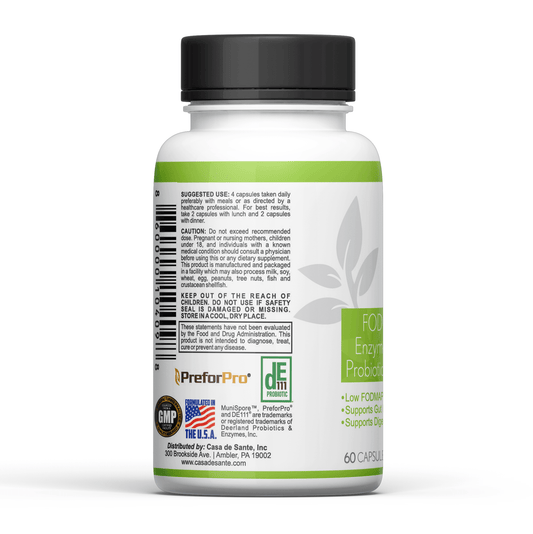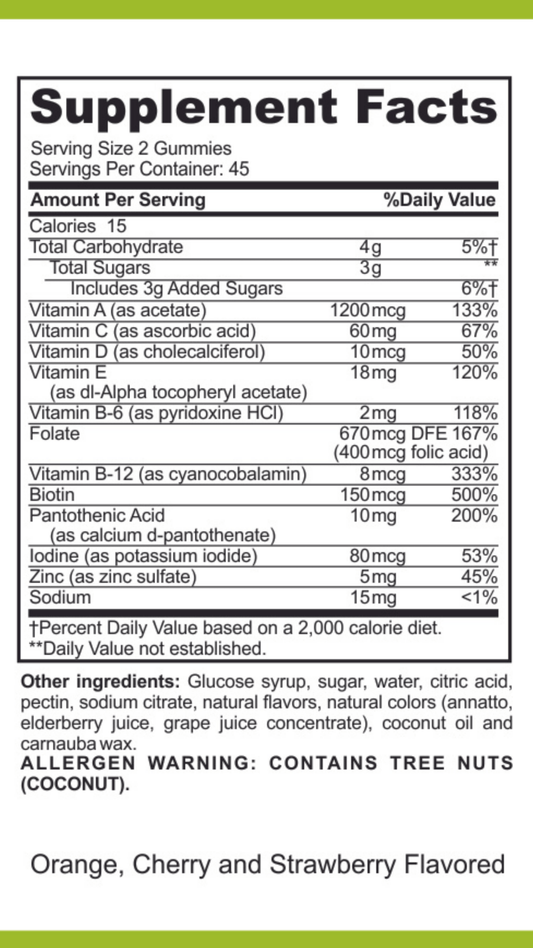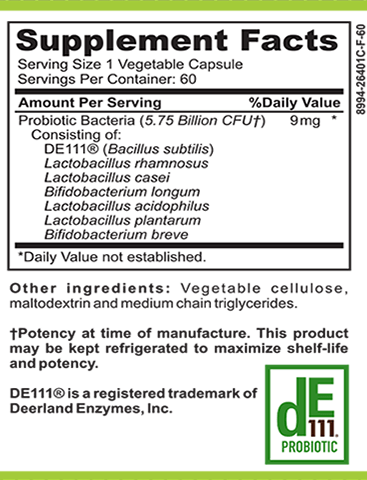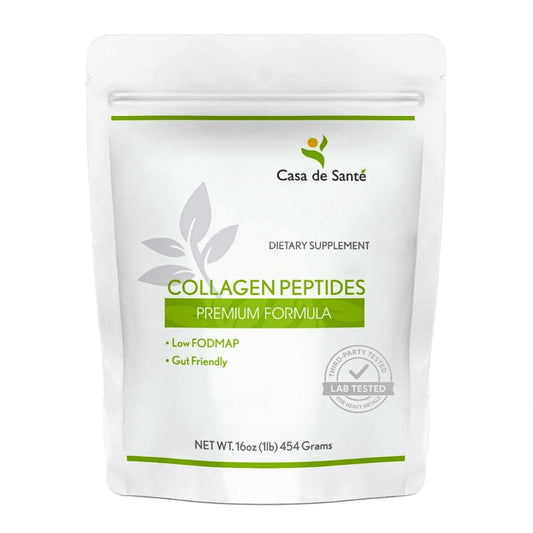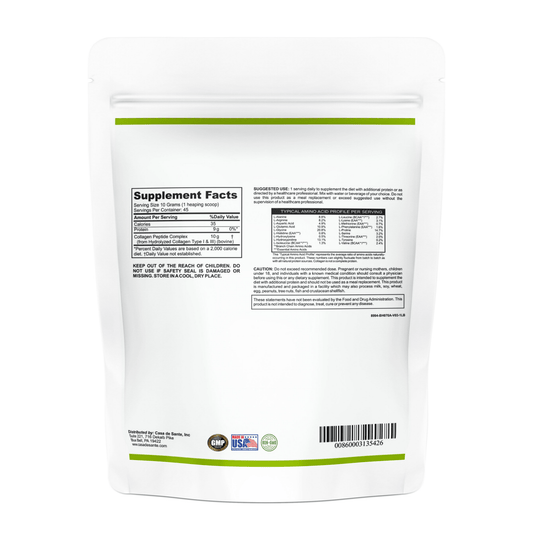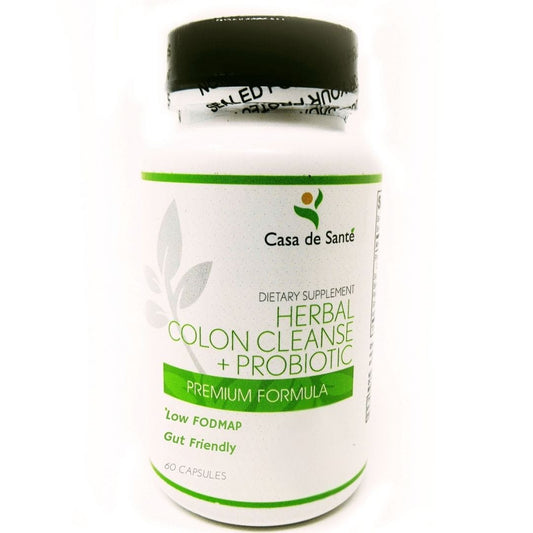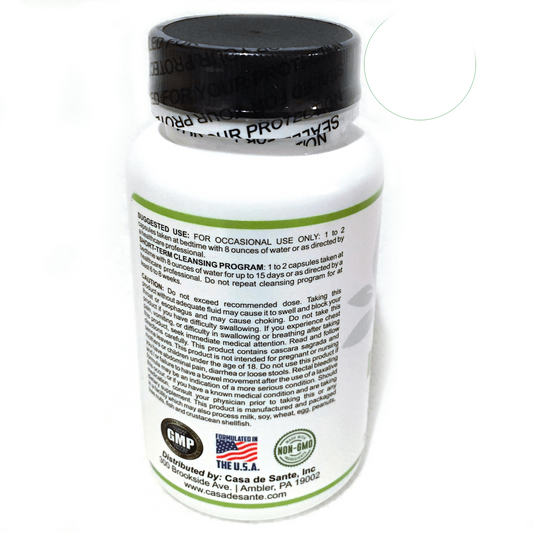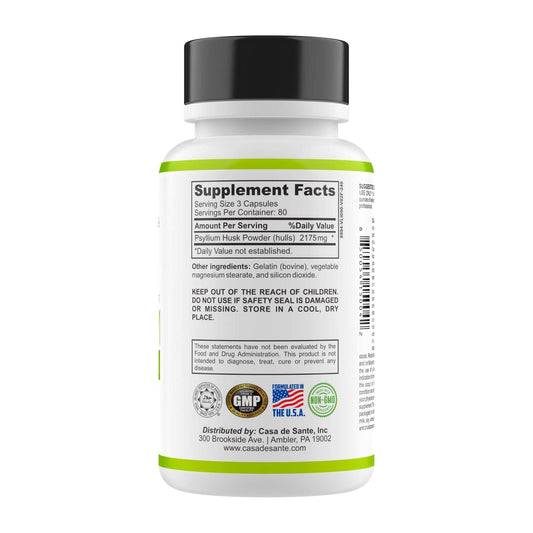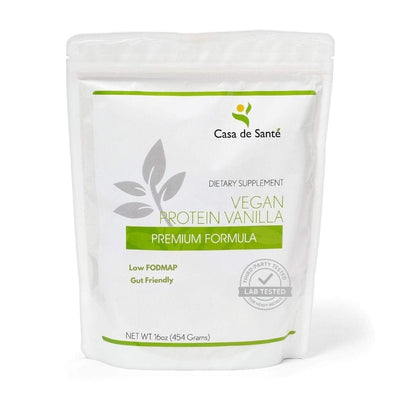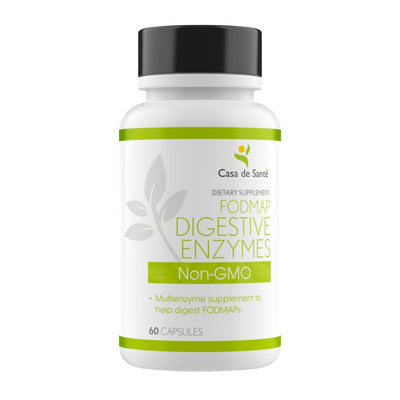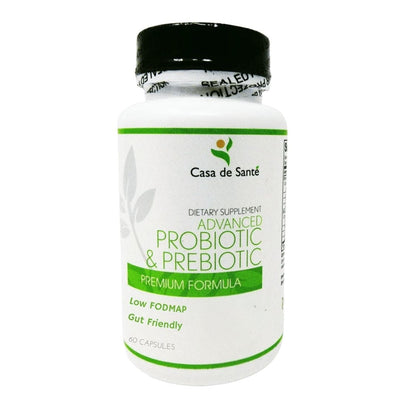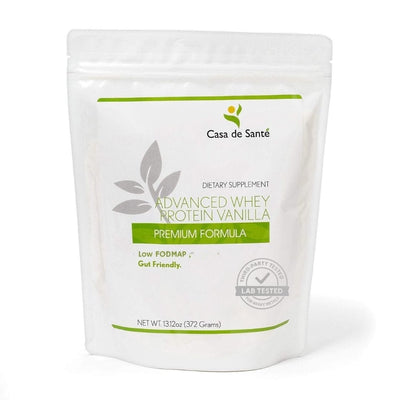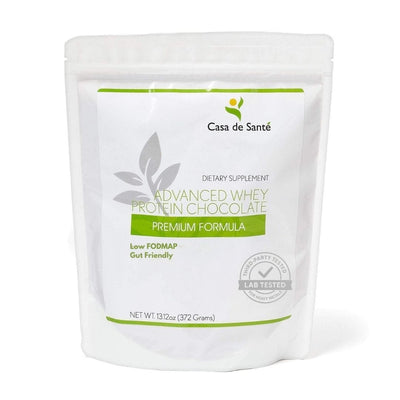Polypeptides in Skincare: Benefits, How They Work, and Tips for Healthier, Firmer Skin
Lately I’ve noticed polypeptides popping up everywhere in skincare conversations and ingredient lists. These powerful chains of amino acids are getting a lot of buzz for their potential to boost skin’s natural resilience and support a healthier-looking complexion. With so many options promising firmer and smoother skin it’s easy to wonder if polypeptides really live up to the hype.
I’ve always been curious about what sets polypeptides apart from other popular ingredients. As I dug deeper I discovered why so many skincare enthusiasts and experts are excited about their benefits. If you’re looking to step up your daily routine or simply want to understand what polypeptides can do for your skin you’re in the right place.
What Are Polypeptides?
Polypeptides are short chains of amino acids linked by peptide bonds that function as building blocks in the skin. I recognize these molecules serve as structural fragments derived from larger proteins like collagen, elastin, and keratin, all of which are abundant in healthy skin. Peptides consist of two to 50 amino acids, while larger chains get categorized as proteins according to the American Chemical Society.
I find that polypeptides play key roles in supporting visible firmness and overall skin strength. Research in the International Journal of Cosmetic Science confirms these compounds act as signaling molecules, instructing skin cells to carry out restorative or replenishing functions. For example, certain polypeptides prompt the skin to produce more collagen, directly influencing texture and resilience.
I note that topical skincare products often incorporate synthetic or naturally sourced polypeptides, aiming to deliver benefits such as smoother appearance, enhanced barrier support, and reduced signs of visible aging. These compounds combine easily with serums, creams, or masks, allowing for consistent integration in daily routines.
How Polypeptides Work in Skincare
Polypeptides act as messengers in topical skincare, sending signals that prompt skin cells to boost repair processes. I focus on two main mechanisms: direct communication with skin cells and enhancement of the extracellular matrix through key protein synthesis.
The Science Behind Polypeptides
I observe that polypeptides interact with the skin’s surface, where they mimic natural signaling molecules. These molecules attach to cell receptors and activate pathways that instruct fibroblasts to produce more collagen, elastin, and other structural proteins. Studies, including data published in the "International Journal of Cosmetic Science," detail a visible improvement in skin firmness and elasticity when polypeptides appear routinely in topical products. Peptides, such as matrikines and carrier peptides, address targeted concerns—matrikines modulate wound-healing responses, while carrier peptides deliver essential minerals that aid enzymatic functions involved in tissue repair.
Benefits for Skin Health
I note that regular topical use of polypeptides offers advantages backed by research:
- Enhancing firmness and elasticity through stimulation of collagen and elastin synthesis
- Strengthening the skin’s barrier for improved hydration and reduced sensitivity
- Supporting visible improvement in fine lines and wrinkles by promoting cell turnover
- Accelerating recovery from minor damage such as redness or irritation
A controlled trial from 2021 published in "Dermatologic Therapy" found participants using peptide-rich creams for 12 weeks saw a 16% reduction in wrinkle depth and a 28% boost in skin smoothness compared to controls. These benefits emerge when I consistently integrate polypeptides into my skincare regimen, especially in serums or creams formulated for daily use.
Types of Polypeptides Used in Skincare
Types of polypeptides in skincare differ based on their unique activity and molecular targets. I see three main classes used to support visible skin improvements: signal peptides, carrier peptides, and enzyme-inhibitor peptides.
Signal Peptides
Signal peptides in skincare act by sending messages to skin cells. I find these peptides direct fibroblasts to increase production of collagen and elastin, which improves firmness and elasticity. For example, sequences like palmitoyl pentapeptide can simulate the skin's natural repair signals, leading to measurable reductions in wrinkle depth, as supported by studies in peer-reviewed dermatology journals.
Carrier Peptides
Carrier peptides function in skincare by delivering trace elements crucial for skin repair. I recognize copper tripeptide-1 as a classic example, carrying copper ions needed for collagen synthesis. When present in creams or serums, these peptides maintain optimal skin function by transporting micronutrients to targeted cells.
Enzyme-Inhibitor Peptides
Enzyme-inhibitor peptides help protect the skin's structural proteins by limiting enzyme activity that breaks down collagen and elastin. I consider these peptides effective for supporting longer-lasting resilience in the extracellular matrix. Research shows regular use of enzyme-inhibitor peptide formulations correlates with improved smoothness and decreased signs of visible aging.
Popular Polypeptide Skincare Products
These polypeptide skincare products often feature concentrated active blends, serum formulations, and multifunctional creams. I see that polypeptide serums usually combine signal peptides and carrier peptides, with ingredient complexes like palmitoyl pentapeptide-4 or copper tripeptide-1. Signal peptide serums focus on boosting visible firmness, targeting early signs of aging, and supporting collagen synthesis. Carrier peptide serums normally deliver copper and other trace minerals that aid skin renewal and barrier support.
Cream-based polypeptide products generally include a mix of both signal and enzyme-inhibitor peptides. I find these creams tend to maintain hydration, help smooth fine lines, and reinforce overall skin resilience. Enzyme-inhibitor peptide creams protect existing collagen by blocking damage from matrix metalloproteinases.
Peptide-rich sheet masks deliver concentrated polypeptide blends for targeted, occasional use. With these, I notice visible plumping, skin softness, and added luminosity after just a few applications.
A few multi-purpose polypeptide moisturizers blend different peptide classes with hyaluronic acid and ceramides, offering daily hydration, enhanced elasticity, and strengthened barrier function.
| Product Type | Key Peptide Classes | Specific Function Example |
|---|---|---|
| Serum | Signal, Carrier | Collagen stimulation, skin renewal |
| Cream | Signal, Enzyme-inhibitor | Barrier repair, wrinkle smoothing |
| Sheet Mask | Signal, Carrier | Plumping, luminosity |
| Multi-purpose Moisturizer | Signal, Carrier, Enzyme-inhibitor | Hydration, elasticity support |
How to Incorporate Polypeptides Into Your Routine
Polypeptides fit seamlessly into most daily regimens due to their gentle profiles and versatility. I focus on maximizing their effects by pairing them strategically and applying them at the optimal step in my routine.
Compatibility With Other Ingredients
Polypeptides show high compatibility with a variety of commonly used skincare components. I layer polypeptide serums with humectants like hyaluronic acid, which provides moisture and helps support the delivery of peptides deeper into skin layers. I pair peptides with antioxidants such as vitamin C or E to address oxidative stress while polypeptides promote visible firmness. Research published in the "Journal of Cosmetic Dermatology" indicates peptide stability persists when combined with non-acidic forms of vitamin C and gentle moisturizers. I avoid mixing polypeptides with low pH exfoliants, for example glycolic acid or lactic acid, in the same step as these acids could disrupt peptide chains and reduce their effectiveness if used together.
Application Tips and Best Practices
I apply polypeptides on freshly cleansed skin, ideally after a toner but before heavier creams or oils. I use a pea-sized amount of product containing polypeptides to cover the face and neck evenly, as coverage ensures consistent peptide messaging to the skin. I layer polypeptides under moisturizing creams or barrier protectants, since clinical data supports better peptide absorption in hydrated skin environments. I use peptide-focused serums twice daily, morning and night, since regular application correlates with improved outcomes in skin texture and firmness over 8-12 weeks. If I use retinoids, I alternate nights or separate application times, as retinoids may alter peptide conformation. I apply sunscreen as the last step in the morning, since polypeptides support but do not replace photoprotection benefits.
Potential Side Effects and Safety Considerations
Research highlights that polypeptides in skincare demonstrate low risk for adverse effects in most users when applied topically in concentrations found in serums, creams, or masks. Most studies, such as those summarized in the "Journal of the American Academy of Dermatology," report high tolerability rates even after prolonged use.
Mild reactions sometimes occur, especially when introducing new peptide-rich products or using multiple active ingredients simultaneously. Typical issues include temporary redness, mild irritation, or slight tingling after application. Individuals with highly sensitive or reactive skin, for example, those with eczema or atopic dermatitis, experience higher rates of these effects.
Allergic responses, while uncommon, remain possible with any bioactive compound. Symptoms like localized swelling, persistent itching, or rash suggest an allergy and indicate that discontinuing use is appropriate. I recommend performing a patch test on a small area before using a new polypeptide product universally.
Data from clinical trials confirm very low systemic absorption due to the peptide structure's size and properties, which minimizes the risk of internal side effects and systemic sensitization. However, combining polypeptides with aggressive exfoliants, such as high-strength glycolic or lactic acid products, has been shown to increase barrier disruption, especially in individuals with impaired skin barrier function.
Current evidence indicates that polypeptides don't interact negatively with most standard skincare ingredients, except those at very low pH or high concentration, which might destabilize certain peptide structures. If adverse effects persist for more than three days or worsen, seeking professional consultation proves advisable according to recommendations by board-certified dermatologists.
| Side Effect | Frequency | At-Risk Groups | Triggering Factors |
|---|---|---|---|
| Mild redness or irritation | Occasional (<10%) | Sensitive skin types | First use, high peptide concentration |
| Tingling sensation | Occasional (<7%) | Barrier-impaired skin | Application post-exfoliation |
| Allergic reaction (rash, itch) | Rare (<2%) | Allergy-prone individuals | Known allergies, protein fragments |
| Worsening dryness | Uncommon (<5%) | Severe dry/eczema skin | Combined with harsh exfoliants |
Key Takeaways
- Polypeptides are short chains of amino acids that help signal skin cells to boost collagen and elastin production, leading to firmer and smoother skin.
- Regular use of polypeptide-rich skincare products can enhance skin’s elasticity, minimize fine lines and wrinkles, and strengthen the skin barrier.
- Commonly used polypeptides in skincare include signal, carrier, and enzyme-inhibitor peptides, each offering unique benefits like increased firmness, improved hydration, and protection against collagen breakdown.
- Polypeptides are generally well-tolerated and can be used alongside most skincare ingredients, but should not be mixed with strong acids (like glycolic or lactic acid) in the same step to maintain effectiveness.
- Incorporating polypeptides into your routine is simple; apply serums or creams after cleansing and before heavier moisturizers, and always follow up with sunscreen during the day.
Conclusion
Exploring polypeptides has opened up a new level of skincare for me. Their ability to support skin resilience and encourage a healthier complexion is truly impressive. I love how easy it is to add polypeptide products to my daily routine and notice real changes in my skin’s texture and firmness over time.
If you’re curious about boosting your skincare results or want to try something backed by science, polypeptides are worth considering. With their gentle profile and proven benefits, I find them a reliable choice for anyone looking to elevate their routine and support long-term skin health.

